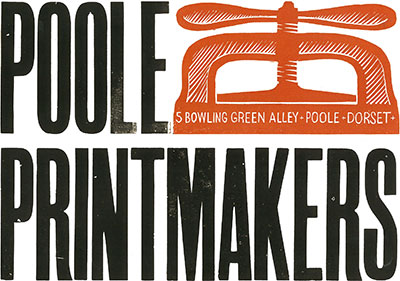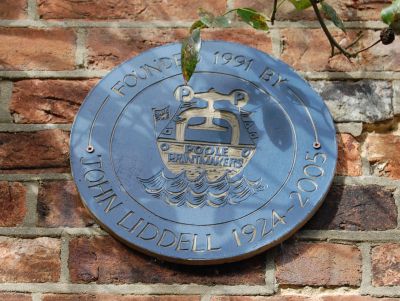about us

Poole Printmakers are a membership-led co-operative of artists, both experienced and those learning their craft, supported by its own committee. We have use of a space dedicated to getting on with art, with open-access use available to members.
Equipment includes presses and tools for relief printing, safe and solar etching, other intaglio processes, lithography, lino and wood printing, letterpress, and silkscreen printing.
The open access environment encourages users to share inspiration and ideas, and offers exhibitions and social events.
Skills can be introduced through a series of courses in print techniques.

how we started
An 18th Century cart shed with medieval work in the foundations, the building at 5 Bowling Green Alley has been through many uses and transformations. In the late 1980s it was sensitively converted for use as a studio and workshop.
Poole Printmakers was founded in 1991 by John Liddell, a well known printmaker/teacher, and a group of enthusiastic local printmakers.
The co-operative provides a workshop and forum for print makers in the Wessex area whose work is shown regularly in local gallery venues.
The workshop also hosts programmes for those with special needs as well as open sessions for members and non-members.

